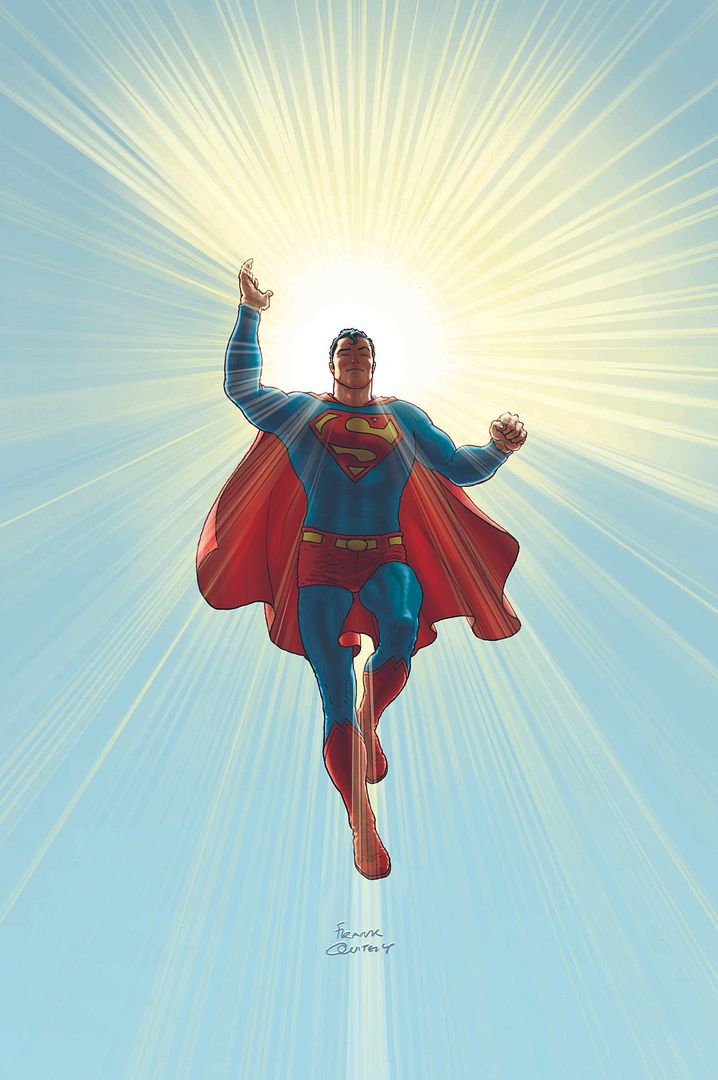Wait, What? Ep. 124: Stare Trek
/ The return of Vegan Viking! Courtesy of the brilliant Gar Berner
The return of Vegan Viking! Courtesy of the brilliant Gar Berner
Yes, Vegan Viking (thanks to the supremely talented and kind Gar Berner) is back, and so are Graeme and I, with a close-to-two-hour episode filled with funny book kvetching and show notes right after the jump. Join us, won't you?
0:00-12:21: Salutations! Graeme is sick and jet-lagged, having returned from his first visit to Scotland in five years. Jeff, with his eyes on the prize, presses him for comic book and comic book store-related details. Names dropped: Plan B Comics and Forbidden Planet of Glasgow, Comixology as it aids and abets all-ages storytelling, and Grant Morrison. 12:21-27:01: From there, we get to a discussion of the new Man of Steel trailer, and whether or not All-Star Superman is going to be the best fit for the upcoming movie..which leads to a difference of opinion about Morrison's villains, camp vs. melodrama, etc. All I can say is: look out for that surprise edit! 27:01-33:08: Which brings around to Batman Inc. #11, by Chris Burnham and Jorge Lucas. It's fun! But is it the right time and place in the series to have fun, though? 33:08-49:07: And on the subject of potential Batman-related fun, we ponder the upcoming Batman Inc. Special, the writing talent of Dan Didio, and comics that are fun or "fun." Jeff's example of how fun can fall short? Green Team #1…although he's quick to mention how he is not quite in comics' tractor beam recently. He's underwhelmed by Batman and Robin #20, for instance, although it did lead to an interesting discussion in the Lester/Berton household recounted here. 49:07-57:26: By contrast, Graeme read Monkeybrain's Subatomic Party Girls by Chad Bowers, Chris Sims, and Erica Henderson, and loved it. (By contrast, El Grumpus merely liked it.) It certainly was better than Twelve Reasons to Die #1, which Jeff very much wanted to like but very much did not. 57:26-1:20:09: Hey, everybody! Graeme has stopped reading Age of Ultron, while Jeff thought he was still reading it so we could moan about it. So his attempts to get Graeme to talk about it by dragging in the excellent essay by Colin Smith about the issue over at Too Busy Thinking About My Comics (now on sabbatical, which is entirely understandable but also a bit of bummer). We do contrast AoU with Flashpoint, Age of Apocalypse, Avengers vs. X-Men, and other events. All of which leads up to.... 1:20:09-1:21:06: Intermission Two! 1:21:06-1:40:30: Star Trek Into Darkness! Spoilers! (Although we tried not to!) Bitchiness! (Although we tried not to be!) Another story involving Jeff's wife! And the curse of…sleep spoilers! 1:40:30-1:47:30: Then as the clock is running out, Jeff talks--all too horribly briefly--about the comic excellence that is Michel Fiffe's Copra (and the Copra Compendium published by the mensches at Bergen Street Comics) and Ant Comic by Michael De Forge (which is currently online and which I cannot recommend highly enough. (Fun fact/full disclosure: the cartoonist Jeff spends an absurd amount of time trying to remember the full name of, is Rory Hayes.) 1:47:30-end: Running out of time, Graeme and Jeff begin discussing Al Ewing's novel, The Fictional Man. Sadly, it ends up being a discussion we have to punt to the next podcast but we do drop a toe in about all the many things the book has to offer.
And that's it until next week, when we'll have ep. 125 ready for you along with far less illness and jet-lag. (Although seeing as I'm writing this while utterly under the weather, and feeling like I have a bubble with a razor blade inside trapped in my throat, really we can only guarantee a lack of jet lag.) While the uploading end of the Internet has been very, very slow over at mi casa, the latest ep should be on iTunes very, very shortly. And of course it's also available for your delectation below:
Wait, What? Ep. 124: Stare Trek
As always, we hope you enjoy and thanks for listening!














